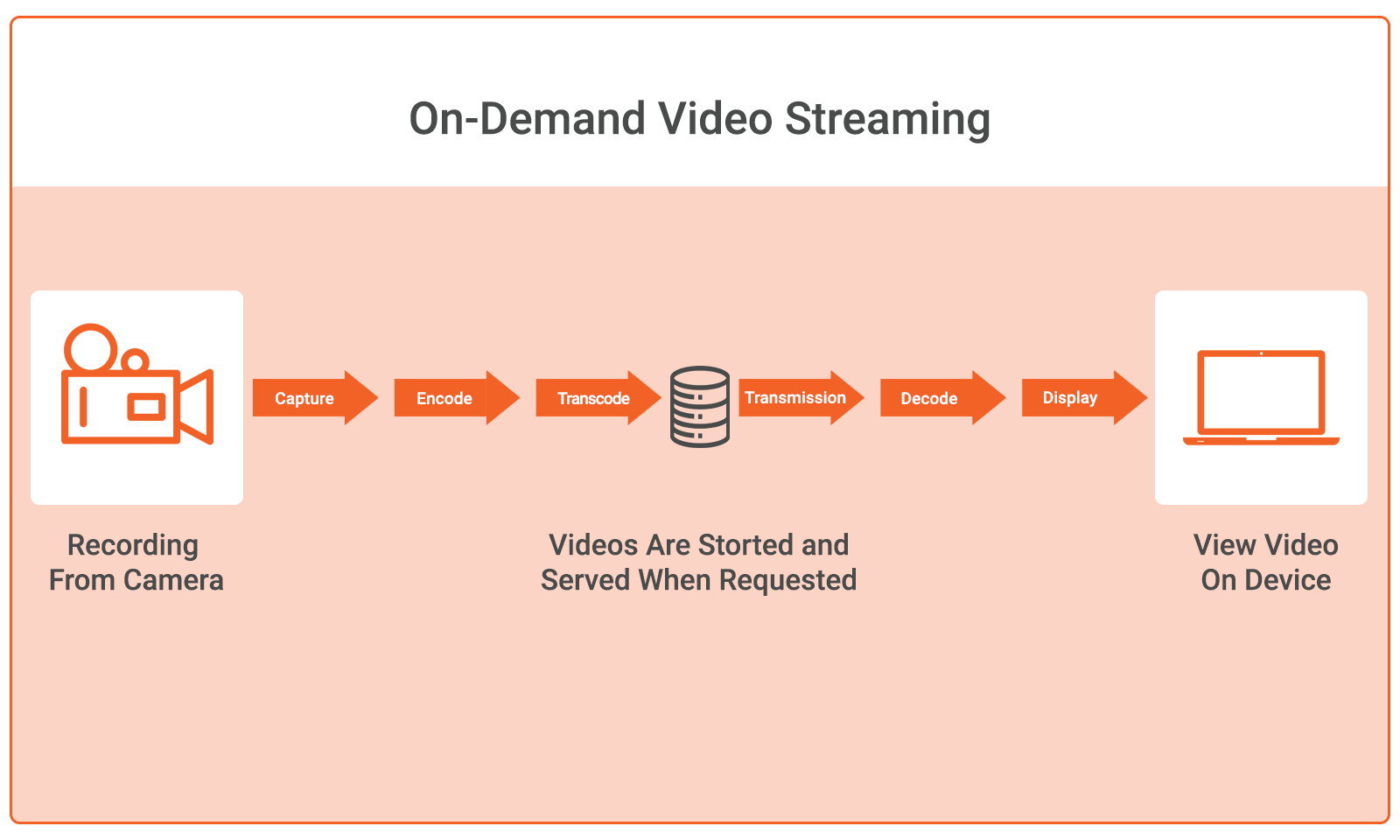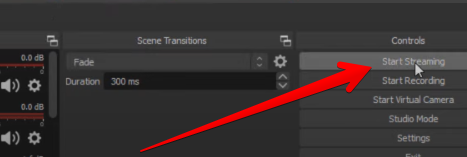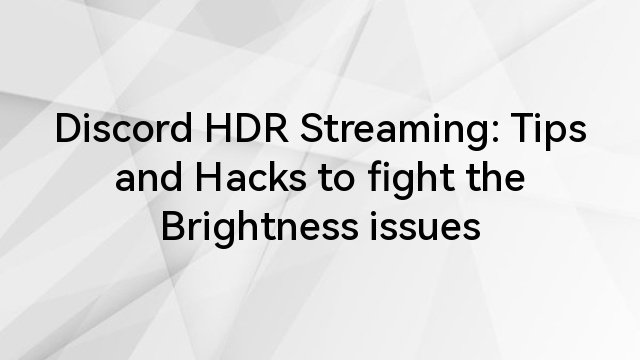In today’s digital age, live streaming has become an essential way to connect with audiences, whether you’re a podcaster, a gamer, or a webinar host. The cornerstone of any successful stream is crystal-clear audio, for which the quality of your microphone is crucial. It can elevate your content from amateur to professional with just one piece of equipment. With numerous options available, choosing the best computer microphone for your streaming needs can be overwhelming. In this review, we’ll guide you through the top picks, ensuring you captivate your listeners with impeccable sound every time you go live.
When selecting the best computer microphone for streaming, consider the following criteria to ensure you’re getting a product that fits your needs:
- Audio Quality: The primary attribute to consider; it determines how clear and crisp your voice sounds. Look for mics with high sound resolution, usually measured in bits and sample rate.
- Pickup Pattern: Microphones capture sound differently depending on their pattern. Cardioid patterns are ideal for streaming, as they pick up sound from the front while minimizing background noise.
- Connectivity: USB microphones offer plug-and-play simplicity, while others may require additional audio interfaces. Choose a mic that complements your existing setup and technical comfort level.
- Durability and Build: A well-built microphone can withstand the rigors of regular use. Solid construction also often correlates with better sound isolation.
- Ease of Use: Features like volume controls, mute buttons, and LED indicators add convenience and ease during streaming sessions.
- Versatility: Consider if you need a microphone suited to a variety of recording situations or if specialization is more your focus.
- Price: Assess your budget and aim for the best quality within your range, remembering that the most expensive option is not always the best.
- Brand Reputation & Support: Well-regarded brands with good customer service can be reassuring, ensuring you have support for any issues that may arise.
| Feature | Blue Yeti USB Microphone | Shure SM7B Cardioid Dynamic Microphone | Elgato Wave 3 USB Condenser Microphone | Audio-Technica AT2020USB+ | Rode NT-USB Mini USB Microphone |
|---|---|---|---|---|---|
| Price | $$ | $$$$ | $$ | $$ | $$ |
| Type | USB Condenser | Dynamic | USB Condenser | USB Condenser | USB Condenser |
| Pickup Pattern | Cardioid, Bidirectional, Omnidirectional, Stereo | Cardioid | Cardioid | Cardioid | Cardioid |
| Frequency Response | 20Hz – 20kHz | 50Hz – 20kHz | 70Hz – 20kHz | 20Hz – 20kHz | 20Hz – 20kHz |
| Connection Type | USB | XLR (requires audio interface) | USB | USB | USB |
| On-Mic Control | Mute button, Volume control, Pattern selection | Position switch (bass roll-off, mid-range emphasis) | Capacitive Mute, Gain Control, Volume Control | Mix control, Volume control | None |
| Additional Features | Built-in headphone jack, Stand included | Internal “air suspension” shock isolation, Pop filter | Clipguard technology, Stand included | Built-in Headphone jack with volume control, Mix control | Detachable magnetic stand, Built-in pop filter |
| Suitable for Streaming | Yes | Yes (with extra gear) | Yes | Yes | Yes |
Remember, the best microphone for you depends on your specific needs, including the environment you’ll be streaming in, your budget, and any additional equipment you might already have or be willing to invest in.
Blue Yeti USB Microphone
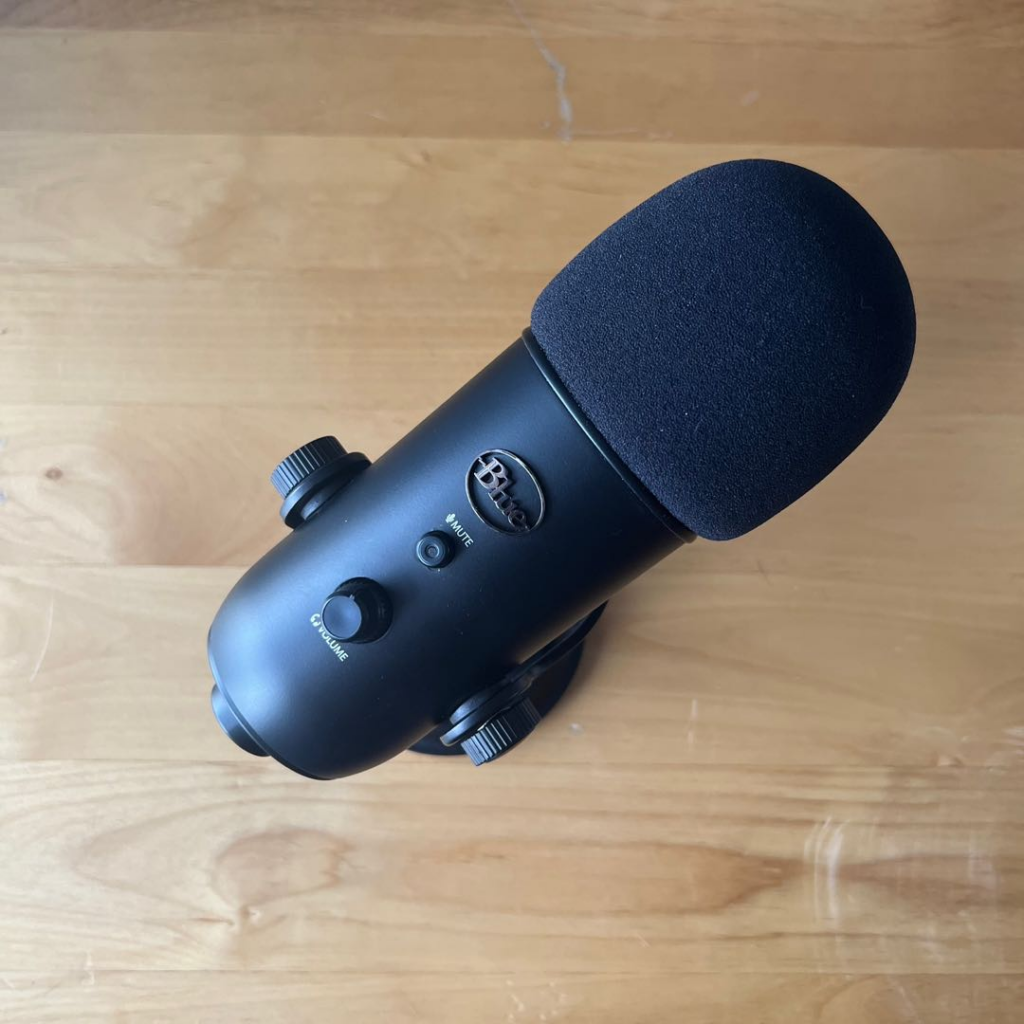
Overview
The Blue Yeti USB Microphone is a standout choice for streaming due to its remarkable balance of quality, versatility, and ease of use. This microphone has garnered quite a reputation among podcasters, streamers, and aspiring voice-over artists. My experience with the Yeti has been overwhelmingly positive; the sound quality it delivers is crisp, clear and rich in detail, which is remarkable considering it’s a plug-and-play USB device.
Setting up the Blue Yeti is a breeze – no additional audio interfaces or mixers are required. One of its most notable features is the multiple pattern settings (Cardioid, Bidirectional, Omnidirectional, and Stereo), making it incredibly versatile for different recording scenarios. Whether I’m streaming solo or conducting a group interview, the Yeti adapts seamlessly.
The build quality is another aspect where the Yeti doesn’t fail to impress. It boasts a sturdy, retro design that not only looks professional on your desk but also feels like it can handle the occasional rough treatment. The integrated stand is useful, although for streaming purposes, I’ve found that using a separate boom arm can help reduce desk noise and give you better control over the mic positioning.
Specs
- Capsules: Triple condenser capsules
- Patterns: Cardioid, Bidirectional, Omnidirectional, Stereo
- Frequency Response: 20Hz – 20kHz
- Sample Rate: 48kHz
- Bit Rate: 16-bit
- Maximum SPL: 120dB
Pros:
- Excellent sound quality with detailed audio capture.
- Multiple recording patterns for various applications.
- Plug-and-play USB simplicity, no drivers required.
- Solid build quality with a professional look.
Cons:
- Can pick up background noise, needs a well-treated room.
- Quite bulky, which might not suit minimalist setups.
- The integrated stand could be better at isolating the mic from desk vibrations.
Price
The price of the Blue Yeti is in the mid-range, usually around $130, although you can often find it on sale. It strikes a good balance between affordability and quality, making it an excellent value for money. Given its features and the professional quality it brings to casual streaming setups, the Blue Yeti offers sound investment for serious streamers who don’t want to break the bank.
Shure SM7B Cardioid Dynamic Microphone
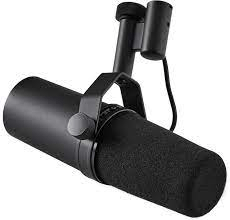
Overview:
The Shure SM7B is quite the crown jewel when it comes to streaming microphones. It is renowned for its rich, warm vocal reproduction and flat, wide-range frequency response which is perfect for both music and speech. As someone who has seen this microphone in action, I’m consistently impressed by its ability to capture clear and professional-quality sound. It’s a favorite among podcasters, streamers, and vocalists, and for good reason. The SM7B comes equipped with a robust construction that can withstand the wear and tear of studio use, and it carries with it a reputation for reliability — a non-trivial plus for those who stream regularly and need a setup they can count on.
Specs:
- Cartridge Type: Dynamic
- Polar Pattern: Cardioid
- Frequency Response: 50Hz to 20kHz
- Output Impedance: 150 ohms
- Sensitivity: -59.0 dBV/Pa (1.12 mV)
Pros:
- The audio quality is second to none at this price point. Vocals come through crisp and clear with little to no background noise, thanks to its cardioid pattern which rejects background sounds quite well.
- The build quality is stellar. It feels premium and is made to last. The SM7B is a microphone that seems as though it can take a beating and still perform as if it’s fresh out of the box.
- It includes internal ‘air suspension’ shock isolation which virtually eliminates mechanical noise transmission — a huge plus for streamers who might move or adjust their mic frequently.
Cons:
- It’s quite heavy, which means you’ll need a sturdy boom arm to support it. This isn’t necessarily a downside of the microphone itself, but something to consider for your setup.
- It requires a fair bit of gain, so using an external preamp or a good audio interface to get the best sound out of it is recommended. That’s an extra cost and another piece of tech to manage.
- It doesn’t come with a built-in USB interface, which might be a con for those looking for a plug-and-play experience.
Price:
The Shure SM7B sits at the higher end of the market, typically retailing around $400 USD. Given its professional-grade quality, this price can be justified. However, for streamers who are just starting or have budget constraints, the initial investment might be a bit steep, especially if factoring in the need for additional audio equipment like a preamp.
In conclusion, while the Shure SM7B might be an investment, it’s worth every penny for streamers who are serious about their audio quality and are looking for a microphone that’s as reliable and high-performing as they aim to be.
Elgato Wave 3 USB Condenser Microphone
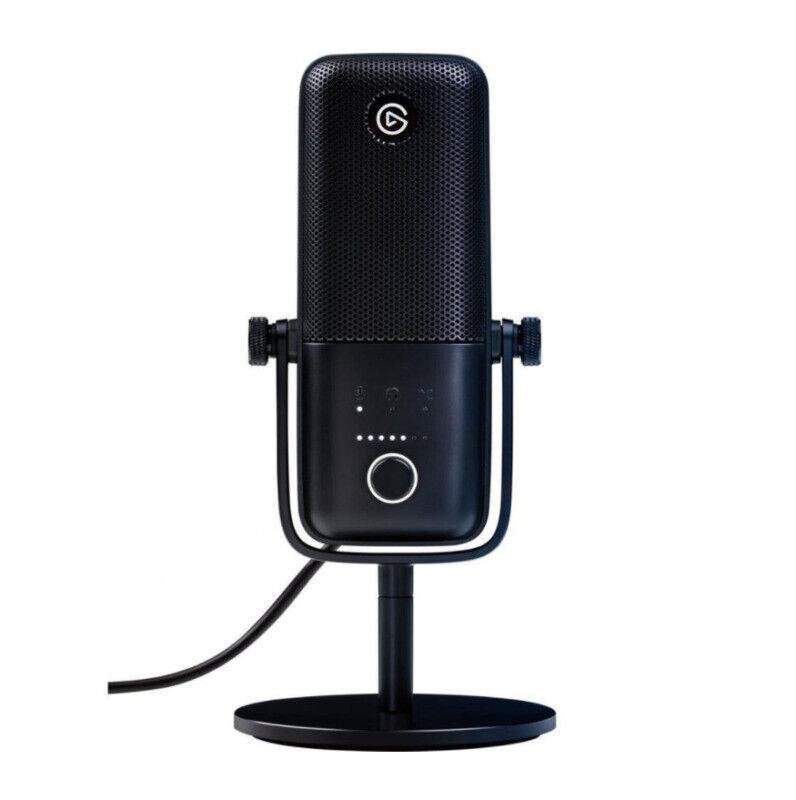
Overview
The Elgato Wave 3 is a sleek, modern-looking USB condenser microphone that’s specifically designed for streamers and content creators who demand professional-quality audio without the hassle of complex setups. Its streamlined design hides some powerful and user-friendly features.
In my experience, the Wave 3 really excels in its plug-and-play simplicity, making it easily accessible for those who might be intimidated by more complex audio equipment. The sound quality is impressively crisp and clear, lending itself well to capturing the nuances of spoken word content. What sets the Wave 3 apart from many other mics is its proprietary Clipguard technology, which automatically reduces sudden volume peaks to prevent distortion – a lifesaver during animated streams or podcasts.
Moreover, Elgato’s Wave Link software is a gem for mixing multiple audio sources in real-time. It offers intuitive controls and options that even a novice can quickly grasp, affording streamers the flexibility to balance game audio, voice, and music without needing to buy an external mixer.
Specs
- Capsule: Electret condenser
- Polar Pattern: Cardioid
- Frequency Response: 70Hz – 20kHz
- Sample/Bit Rate: 96kHz/24-bit
- Connection Type: USB-C
- Onboard Controls: Tap-to-mute sensor, gain control, headphone volume
Pros:
- Superior sound clarity ideal for streaming and podcasting.
- Clipguard technology is a real highlight, effectively managing unexpected loud noises.
- The Wave Link software is a powerful asset for audio mixing.
- A dedicated mute button and a gain dial are practical and convenient for on-the-fly adjustments.
Cons:
- Some users might miss the multi-pattern recording options that other microphones like the Blue Yeti offer.
- Built predominantly from plastic, the build quality might not feel as premium as some of its competitors.
- The stand is a bit short, which might necessitate the additional purchase of a boom arm for optimal placement.
Price
The Elgato Wave 3 positions itself in the mid-range bracket and is typically priced at around $160. Considering its suite of features geared towards streamers, particularly the seamless integration with the Wave Link software, it offers a lot of bang for your buck. It’s an investment for those who take their audio quality seriously but don’t want to dive into the complexities of professional audio equipment.
In conclusion, the Elgato Wave 3 delivers where it matters for streaming: audio quality and ease of use. Its tailored features for content creation make it particularly appealing. While there may be microphones out there with more robust builds or additional recording patterns, few are as fine-tuned for the streaming experience as the Wave 3. It strikes an excellent balance between performance and user-friendliness.
Audio-Technica AT2020USB+ Cardioid Condenser USB Microphone
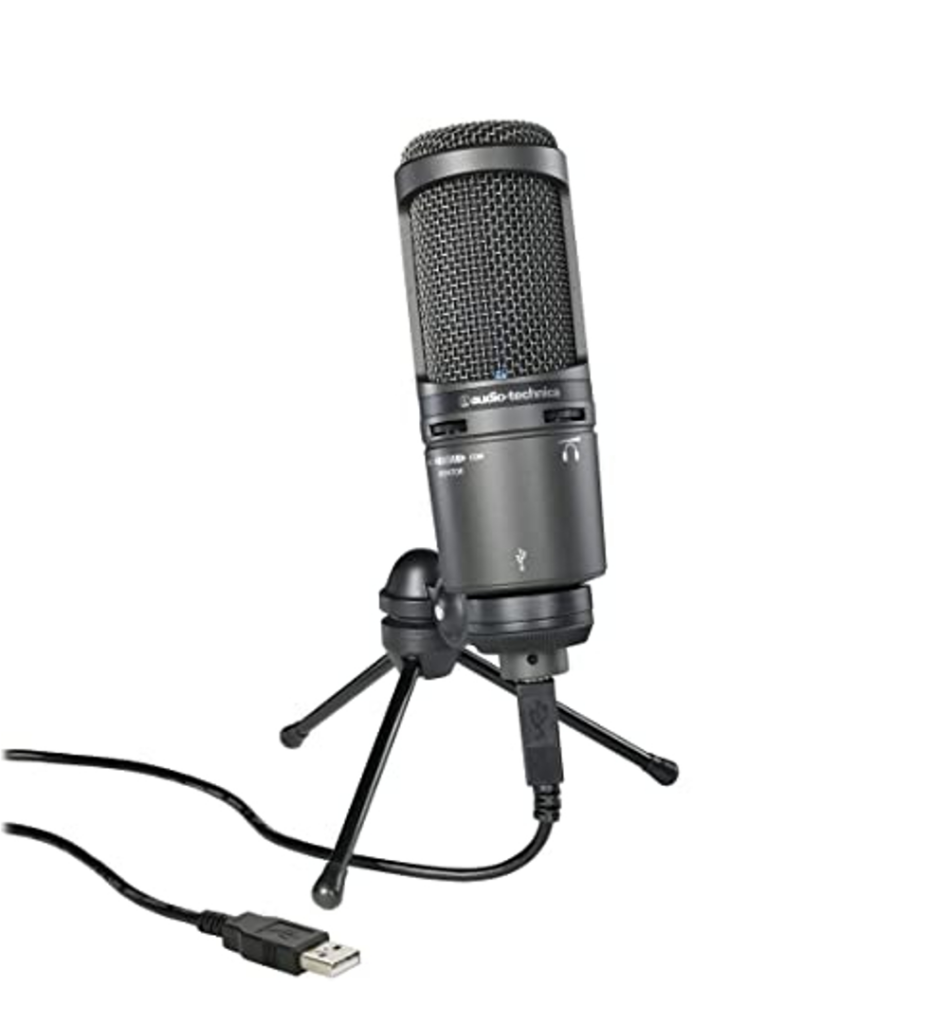
Overview:
The Audio-Technica AT2020USB+ has gained a solid reputation in the streaming world. After testing it thoroughly, it’s easy to see why. This mic blends quality, convenience, and durability in a package that’s extremely user-friendly. Right out of the box, it impresses with its sleek design and sturdy build. It connects directly via USB, which means setup is a breeze. Once plugged in, it delivers clear and natural sound—ideal for streaming where voice clarity is paramount. The mic’s cardioid pickup pattern does a great job of capturing sound directly in front of it while minimizing unwanted background noise. What I find particularly appealing is its mix control that allows you to blend your microphone signal with pre-recorded audio, perfect for live commentary over gaming sessions or mixing soundtracks.
Specs:
- Microphone Type: Condenser
- Polar Pattern: Cardioid
- Connectivity: USB
- Frequency Response: 20Hz – 20kHz
- Features: Mix control, Headphone jack with volume control, High-output internal headphone amplifier
Pros:
- The plug-and-play USB connectivity makes it extremely easy to set up.
- Audio quality is stellar for streaming with a broad frequency response capturing a full vocal range.
- Mix control feature is a godsend for streamers and podcasters who want real-time audio monitoring.
- It includes a tripod desk stand, which, although not the sturdiest, is a nice touch for those starting out.
Cons:
- Lack of hardware mute button means you’ll need to rely on software control for muting, which isn’t always ideal mid-stream.
- Some might prefer a more robust stand or shock mount, which you’ll have to purchase separately.
Price:
The AT2020USB+ sits at a mid-range price point which, given its performance and features, offers a good balance between cost and quality. You’re looking at spending enough to feel invested in your streaming setup, but not so much that you’re breaking the bank for professional-level equipment. The value for money here is evident, especially after putting it through its paces during live streams and recording sessions where it performed without a hitch.
Rode NT-USB Mini USB Microphone
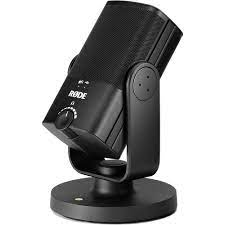
Overview:
The Rode NT-USB Mini is a compact, studio-quality USB microphone designed for streamers, podcasters, and musicians who are looking for excellent sound without the complexity of traditional studio gear. Right off the bat, I appreciate its straightforward design and ease of use, which doesn’t intimidate even the least tech-savvy users. The sound quality is phenomenal for its size—clear, crisp, and quite natural, capturing the nuances of the voice beautifully, making it perfect for live streaming or recording sessions.
Specs:
The NT-USB Mini boasts a high-quality condenser capsule, precisely engineered to deliver warmth and presence for a clear, professional sound. It has a directional cardioid polar pattern which minimizes peripheral noises, thus focusing on the sound directly in front of the microphone. The built-in pop filter is a convenient feature that reduces plosives. The microphone also contains a zero-latency headphone monitoring jack, which allows you to hear exactly what you sound like without delay, and it can be an essential tool for perfecting your performance in real-time.
Pros:
- Compact and sturdy build, with a detachable magnetic stand which ensures easy positioning and additional shock absorption.
- Exceptional sound quality for the size and price point, rivaling some higher-end microphones.
- Plug-and-play functionality means no drivers or software to install—great for those who want simplicity.
- The included pop filter is a nice touch that usually requires an additional purchase with other microphones.
Cons:
- The cardioid pattern is very narrow, which means you have to be directly in front of the mic for the best sound—this can be limiting for dynamic recording situations.
- It lacks onboard gain control, which means you’ll have to adjust input levels through your computer or streaming software.
- The minimal design might not appeal to everyone, especially those who want more control directly on the microphone.
Price:
The Rode NT-USB Mini is usually priced around $100, which I find to be a fantastic value given the quality and features it offers. It’s a serious contender for those who want to make a significant improvement to their audio setup without breaking the bank.
In summary, the Rode NT-USB Mini is a sleek, efficient, and user-friendly microphone that shouldn’t be underestimated. Its simplicity in design and use is its greatest strength, making it a top choice for streamers who prioritize audio quality and ease of operations. It’s a microphone that provides professional results without requiring a professional studio setup—a win, especially for those just starting out or looking to streamline their existing setup.
Conclusion:
Selecting the perfect microphone for streaming is a balance between audio quality, ease of use, and compatibility with your setup. Our listicle has covered the crème de la crème of computer microphones, ensuring that whether you’re a budding streamer or an established broadcaster, there’s a mic that will elevate your sound game. Remember, the right mic can significantly enhance your viewers’ experience, so choose one that reflects the quality and professionalism of your stream.
FAQs:
- What features are important when choosing a microphone for streaming?
Key features to look for include sound quality, pickup pattern, ease of use, and compatibility with your existing setup. Consider if you need advanced features like a built-in pop filter or shock mount. - Do I need a separate audio interface for these microphones?
It depends on the microphone. USB mics can be plugged directly into your computer, while XLR mics typically require an audio interface or mixer. - Are expensive microphones always better for streaming?
Not necessarily. While pricier mics often offer superior sound quality, there are many affordable options with excellent performance suitable for streaming. Your choice should be based on your specific needs and budget.
































.png)


